We are still several months away from the introduction of the new generation iPhone 15 (Pro). Apple traditionally presents new phones in September on the occasion of the autumn conference, at which new Apple watch models also appear. Although we will have to wait some Friday for the new series, we already know roughly what to expect from it. And from the looks of it, we definitely have a lot to look forward to. At least the iPhone 15 Pro (Max) is expected to bring interesting changes, which in addition to the USB-C connector will probably also get a titanium frame similar to the Apple Watch Ultra.
It could be interest you
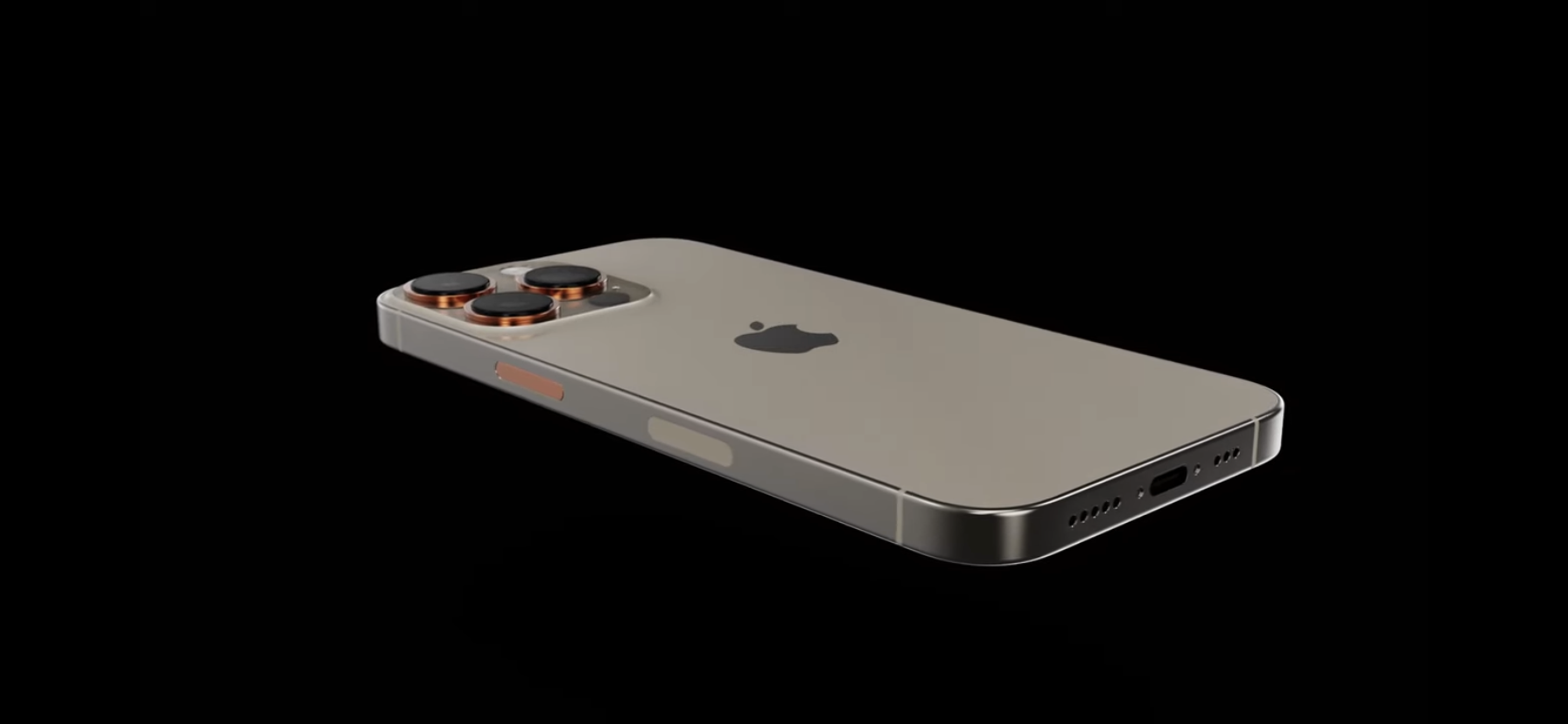
However, let's leave speculations and leaks regarding a newer chipset or connector aside for now. On the contrary, let's focus on that titanium frame, which could be a rather interesting change. So far, Apple has been betting on the same model for its phones – the basic iPhones have aircraft-grade aluminum frames, while the Pro and Pro Max versions are betting on stainless steel. So what are the advantages and disadvantages of titanium compared to steel? Is this a step in the right direction?
Advantages of titanium
First, let's focus on the bright side, that is, on what advantages titanium brings with it as such. Titanium began to be used in the industry years ago - for example, the first watch with a titanium body came as early as 1970, when the manufacturer Citizen bet on it for its overall reliability and resistance to corrosion. But it doesn't just end there. Titanium as such is at the same time slightly harder, but still lighter, which makes it a great choice for, for example, phones, watches and similar devices. In general, it can be said that this is a good choice in cases where you need a relatively very strong material in relation to its total weight.
At the same time, titanium has better resistance to external factors, especially compared to stainless steel, which is due to its unique qualities. For example, corrosion in stainless steel is accelerated by so-called oxidation, while oxidation in titanium creates a protective layer on the surface of the metal, which paradoxically prevents subsequent corrosion. It is also worth noting that titanium has a significantly higher melting point, as well as exceptional stability. In addition, as you may already know, it is hypoallergenic and anti-magnetic at the same time. In the end, it could be summed up very simply. Titanium is extremely valued for a simple reason – its durability, which is perfect for its light weight.
Disadvantages of titanium
It is not for nothing that they say that all that glitters is not gold. This is exactly the case in this particular case. Of course, we would find some disadvantages. First of all, it is necessary to point out that titanium as such, especially compared to stainless steel, is a bit more expensive, which is also reflected in the products themselves, which use titanium in large quantities. You can notice this, for example, when looking at the Apple Watch. Its higher price also goes hand in hand with its overall demandingness. Working with this metal is not so easy.
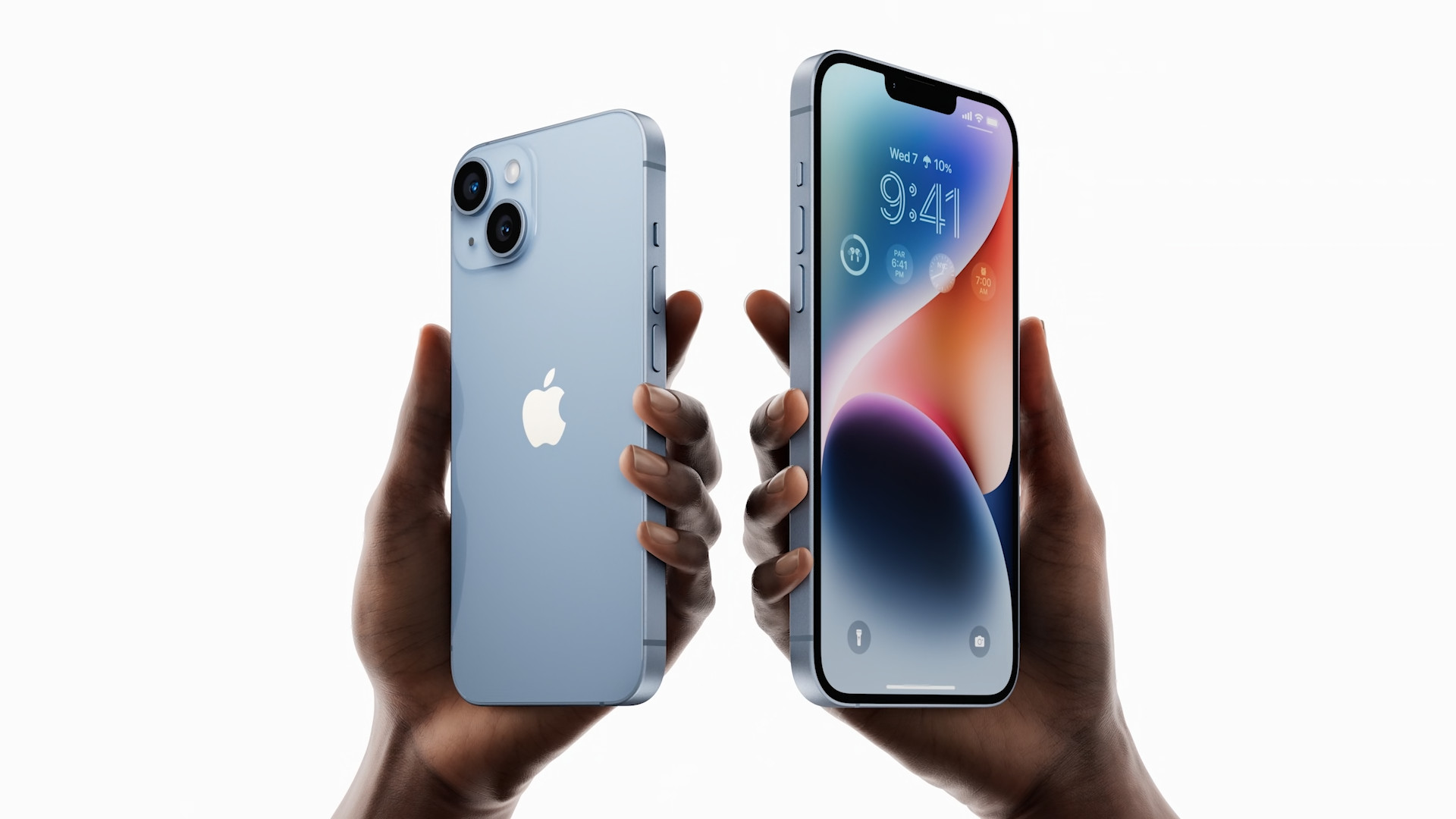
Now let's move on to one of the most fundamental flaws. As it is generally known, although titanium is more durable compared to stainless steel, it is, on the other hand, more prone to simple scratches. This has a relatively simple explanation. As we mentioned above, in this case it is related to the upper oxidized layer, which is supposed to serve as a protective element. Scratches usually concern this layer before they even reach the metal itself. Optically, however, it looks like this is a significantly bigger problem than it actually is. On the other hand, scratches on titanium can be solved much more easily than in the case of stainless steel.
It could be interest you
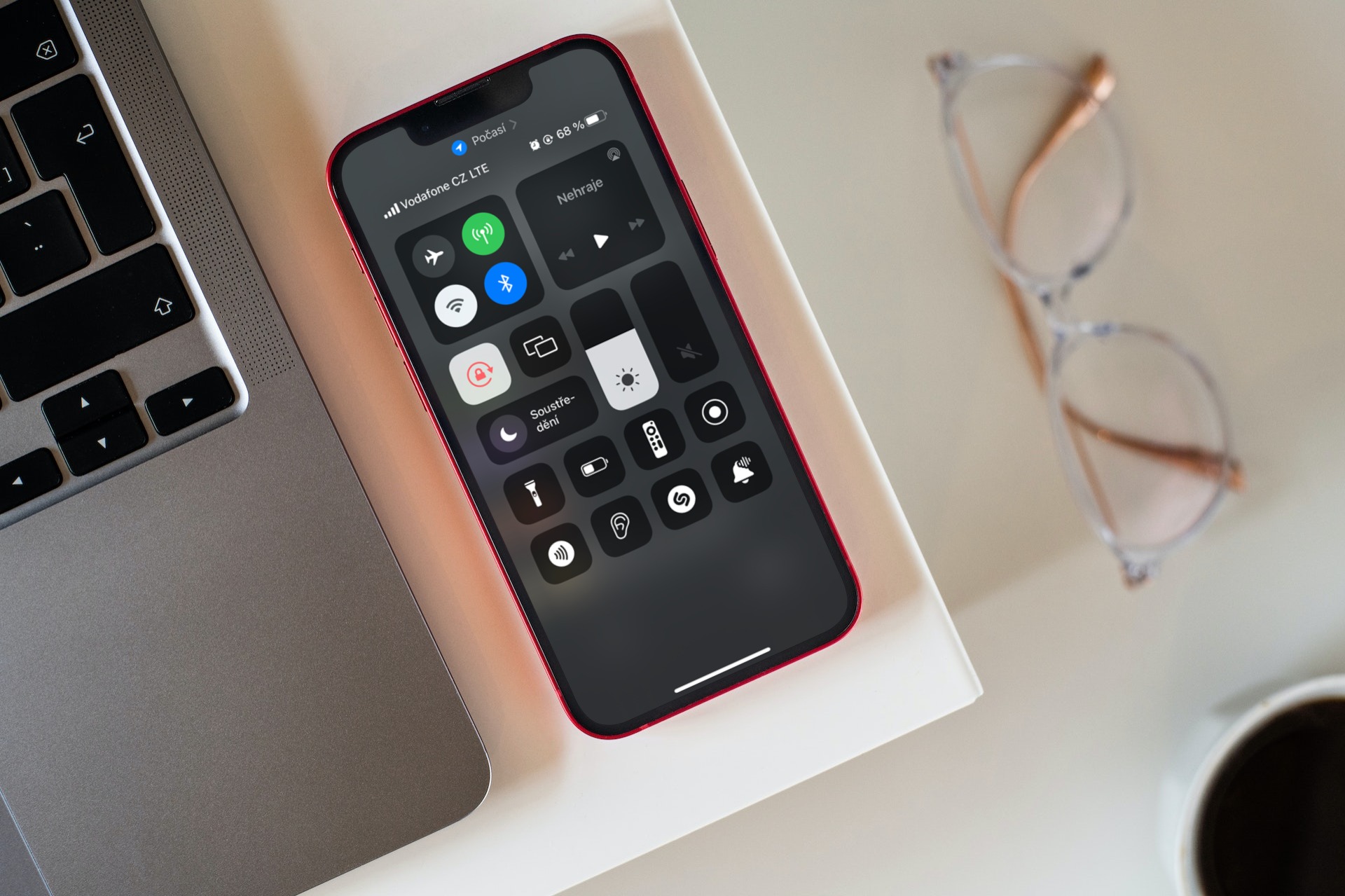
 Flying around the world with Apple
Flying around the world with Apple 
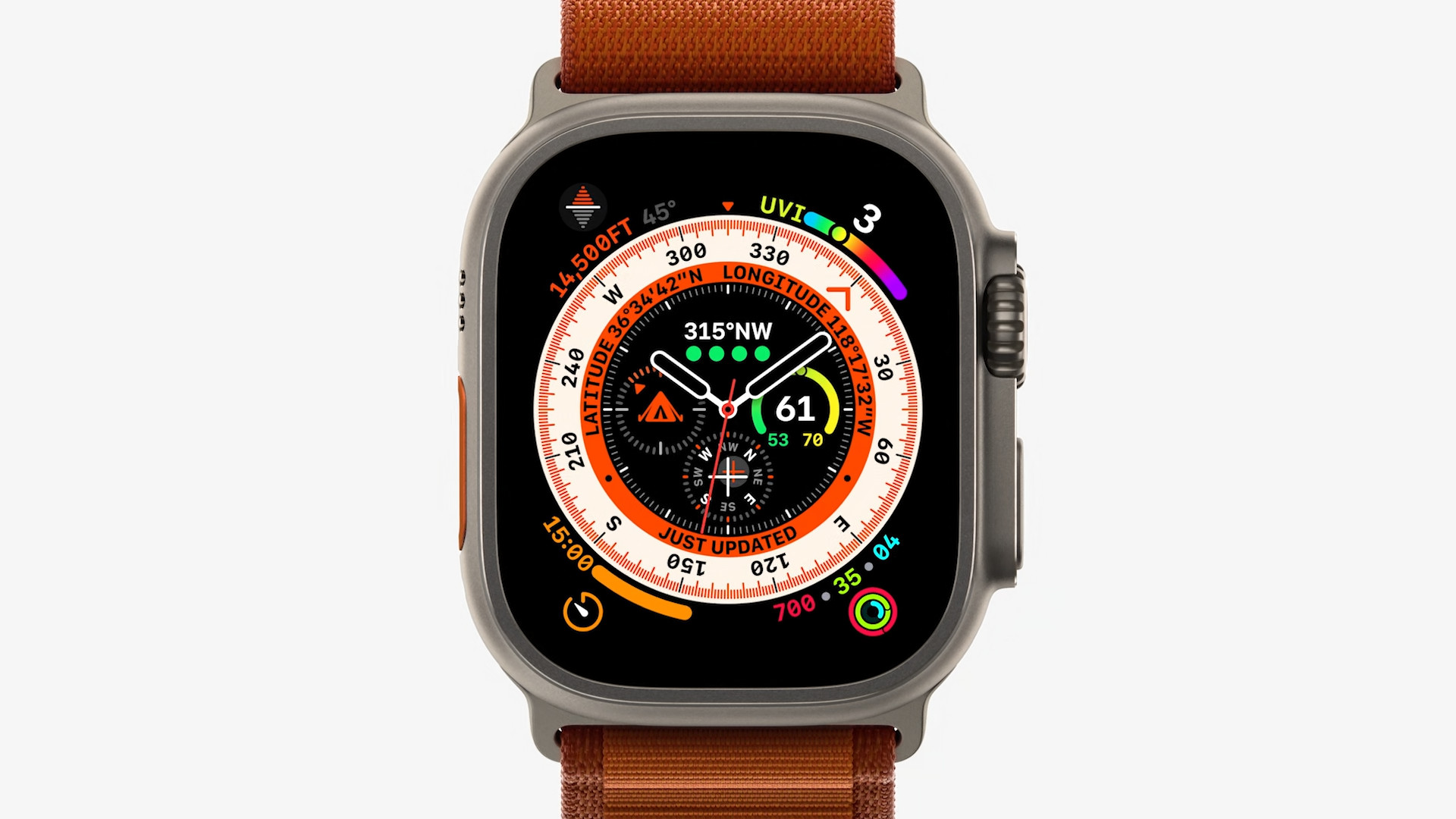
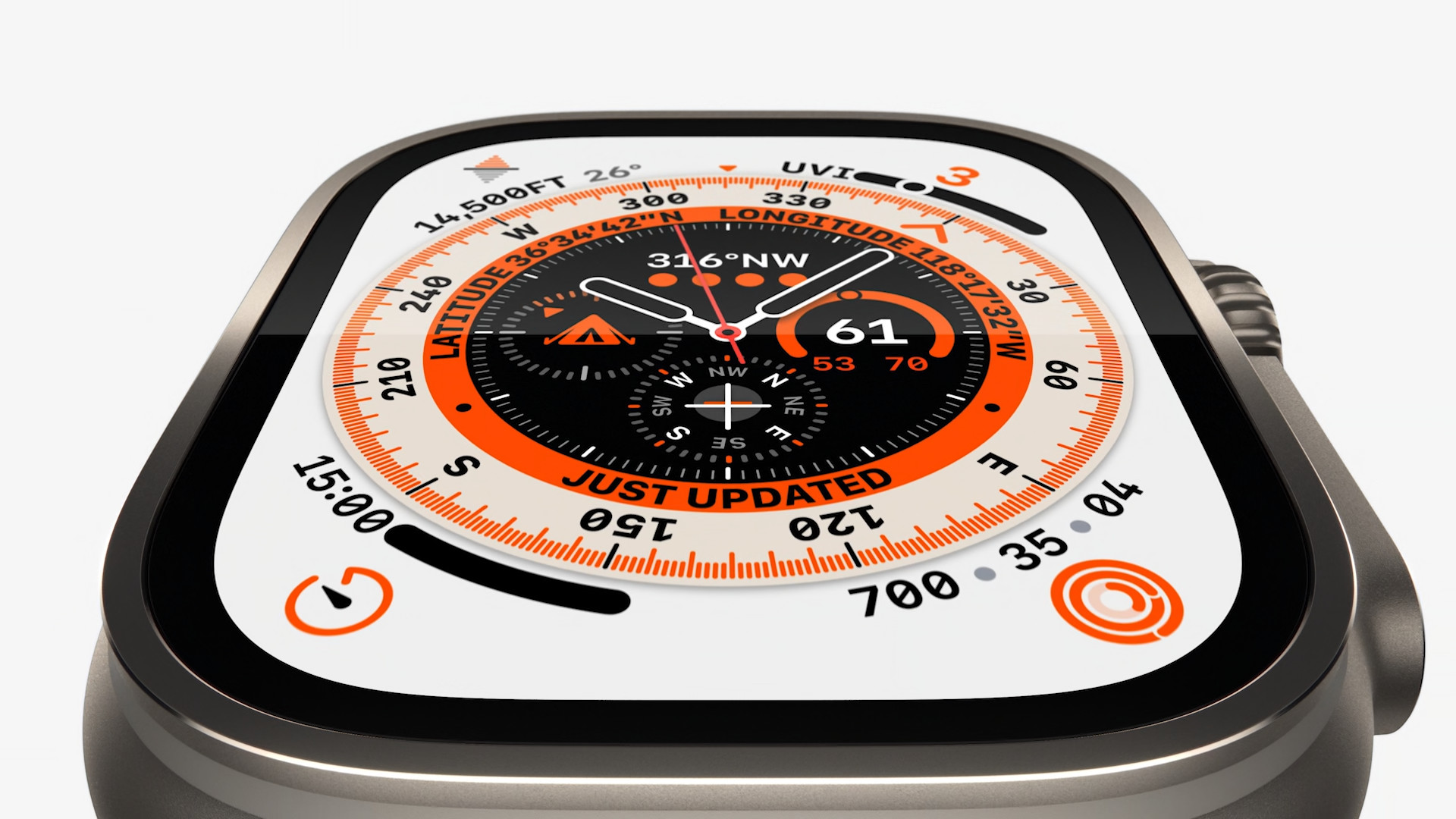
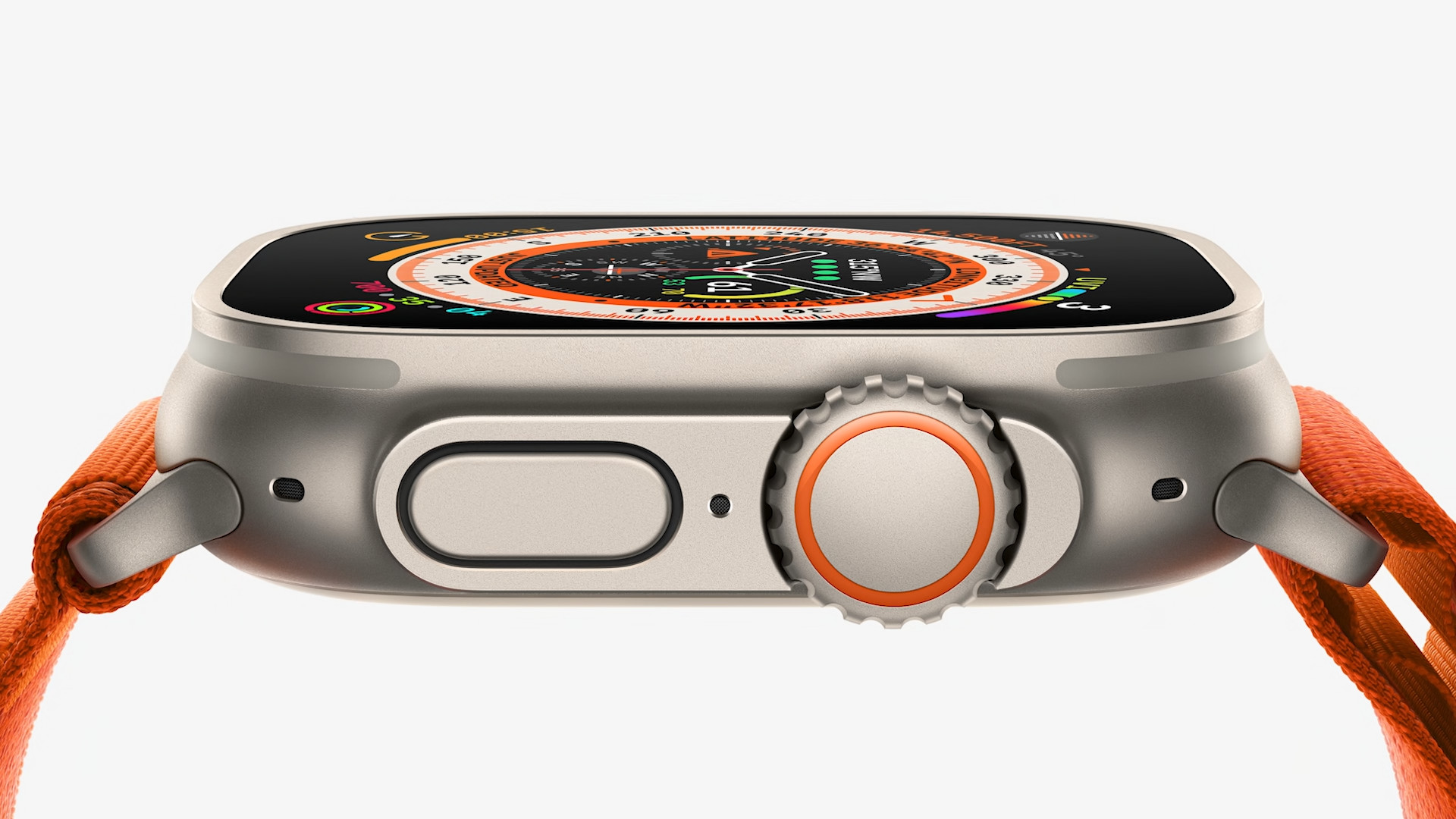
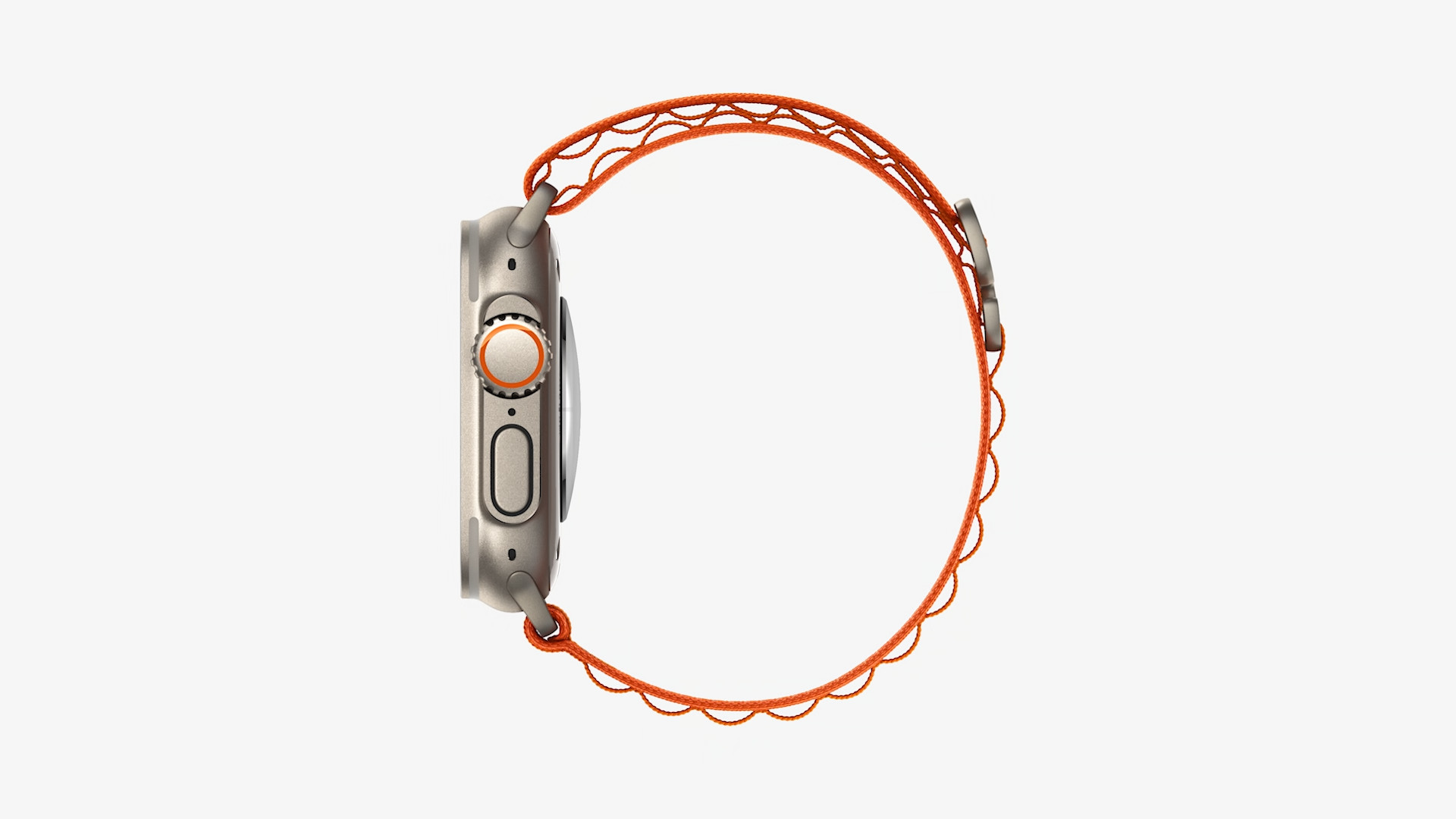
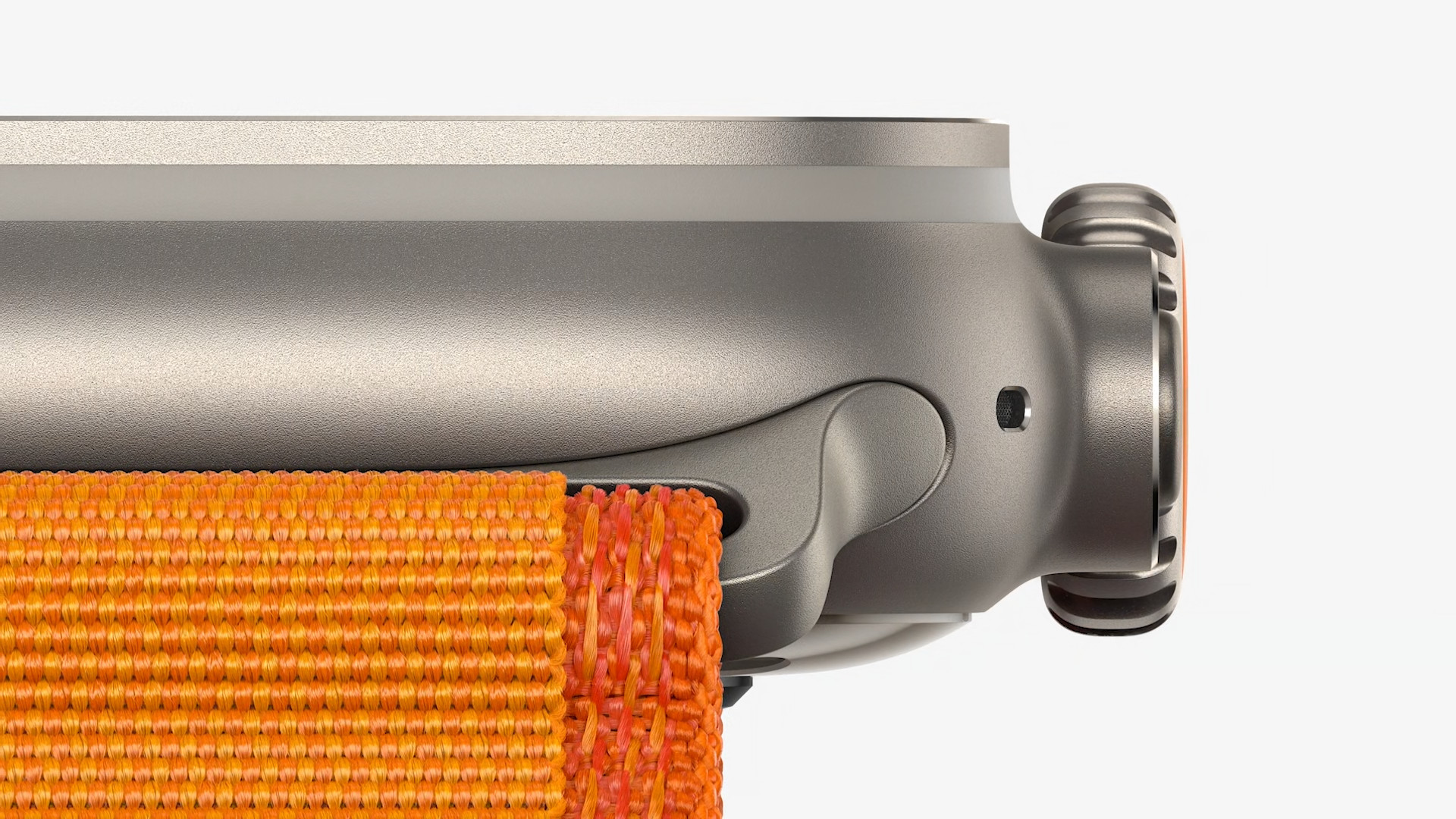
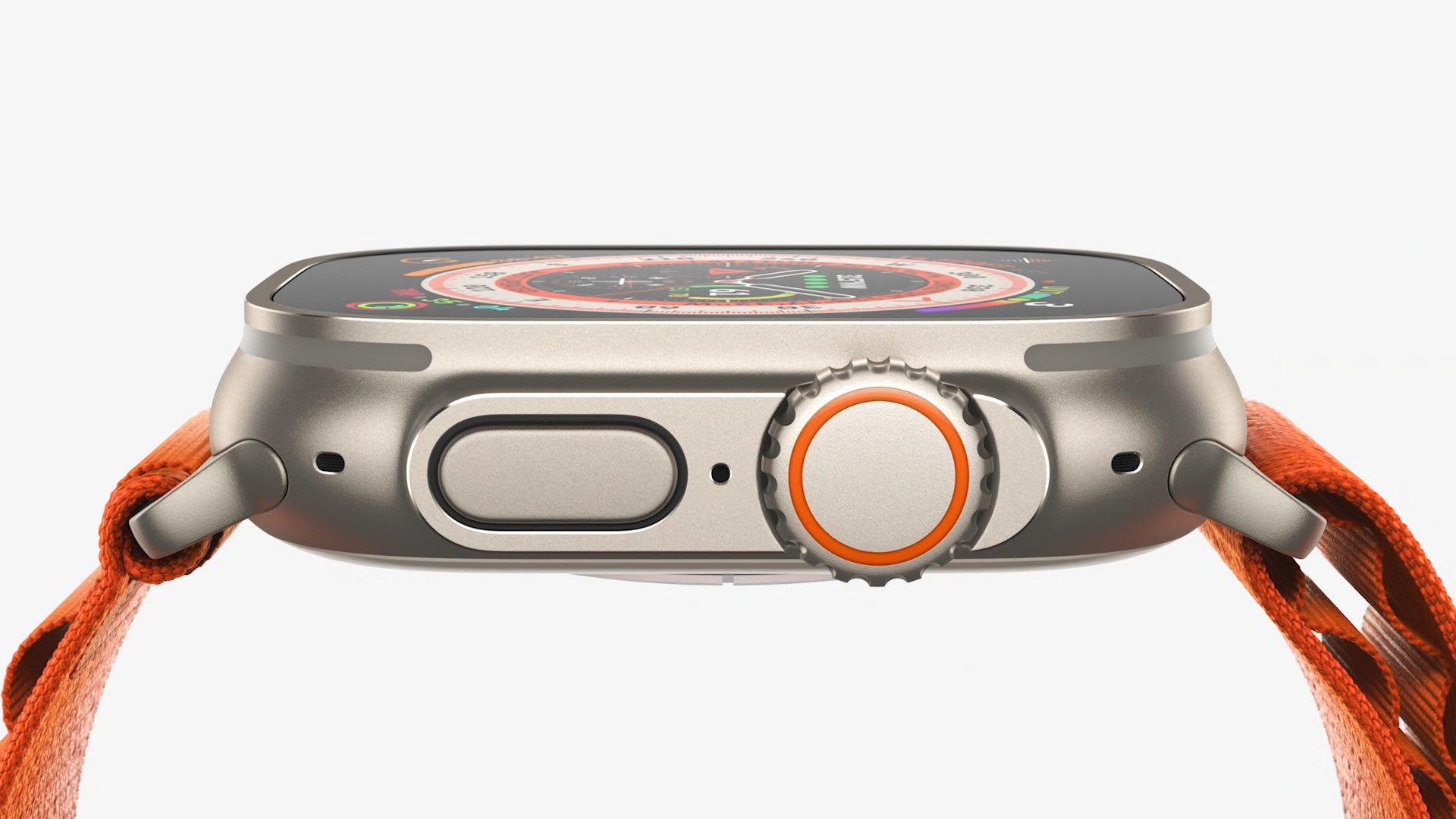

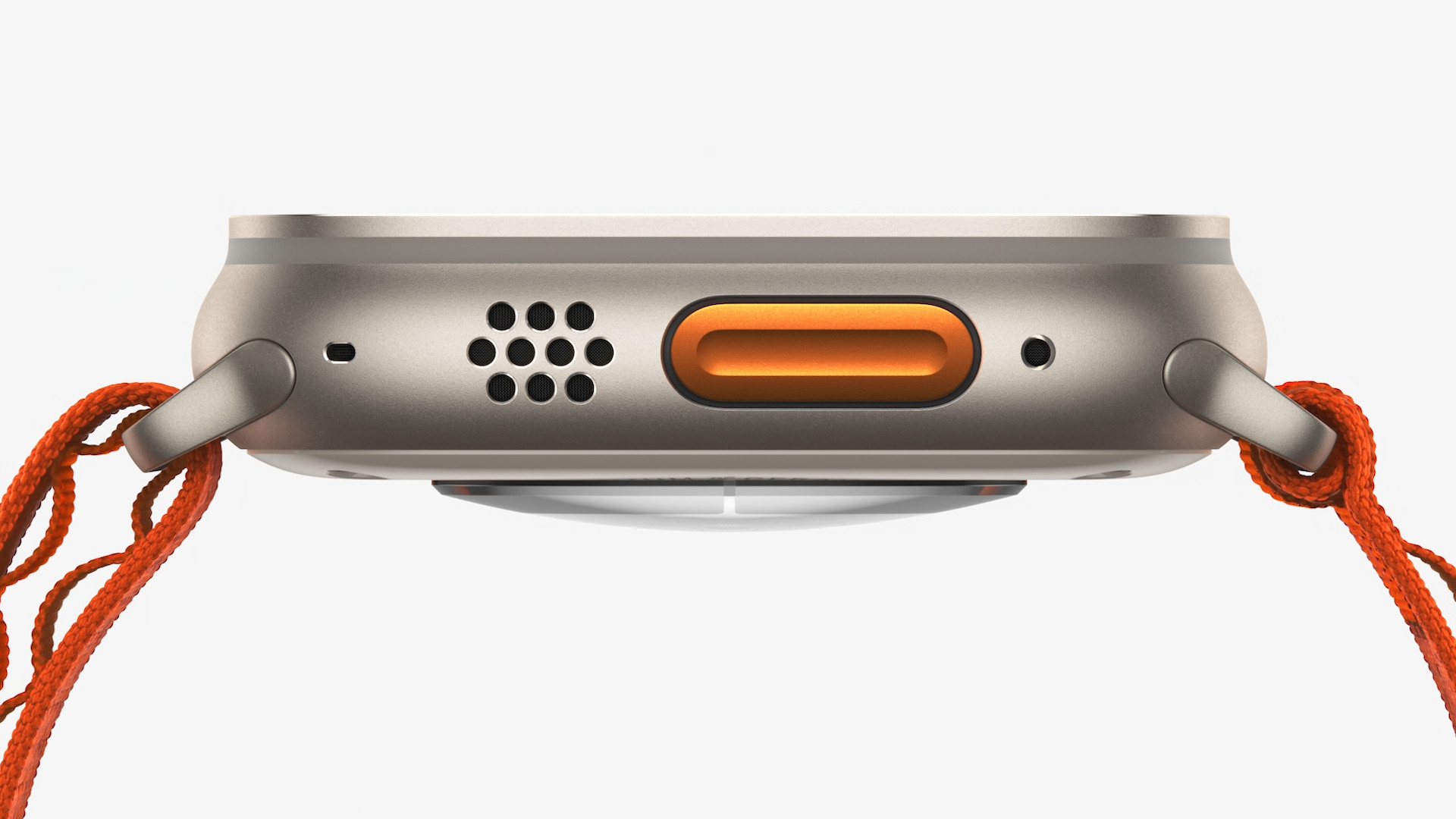
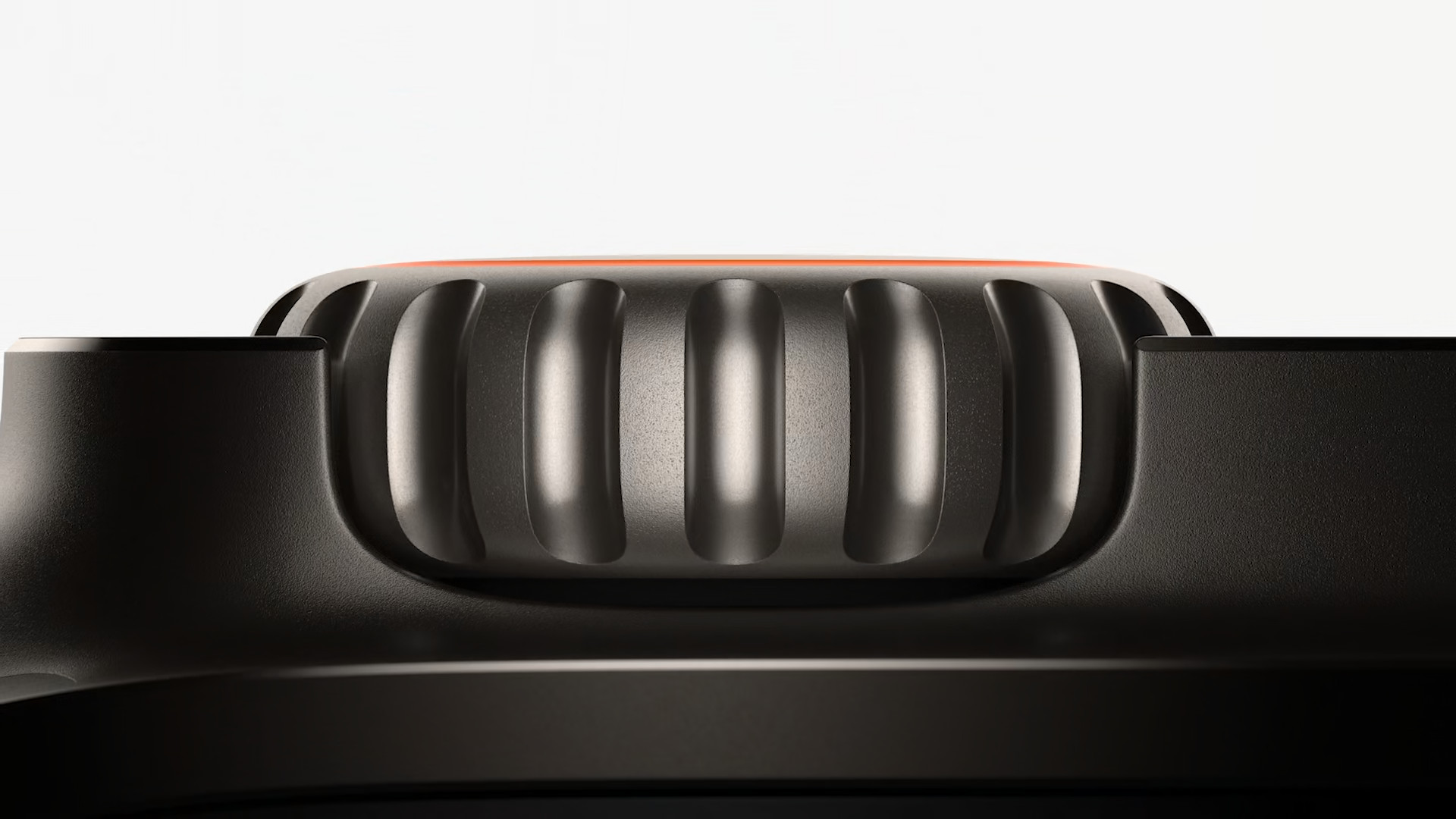

 Adam Kos
Adam Kos
Pigeon, you obviously know a lot about titanium. About the same as the iPhone 15 Pro.
Don't be a cunt Linda…